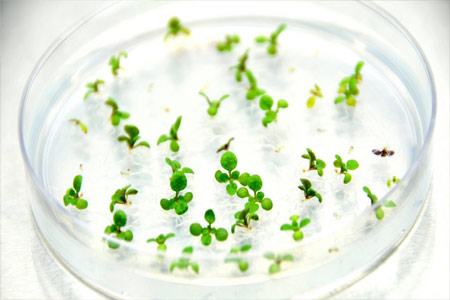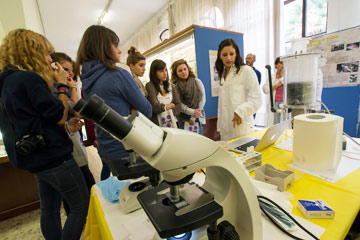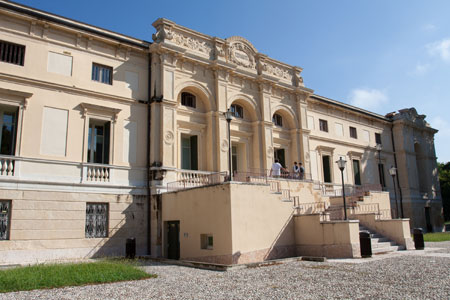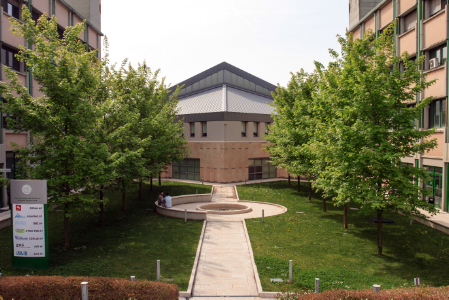Course partially running
Learning outcomes
Module: Teoria
-------
The goal of the Biocrystallography course for the degreee in Molecular and Industrial Biotechnology is to develop in the student the skills necessary to critically read and assess scientific papers in this branch of science which is central in modern Structural Biology.
After an introduction to the fundamentals of the theory of diffraction and the modern methods of data collection a detailed discussion of the phase problem is undertaken, along with the methods used to solve it for small molecules as well as macromolecules. During the course papers selected from the current literature dealing with important biological structures are read and discussed in detail. The laboratory introduces the student to the basic experimental techniques of the field, in particular those concerning the preparation of biological crystals.
Module: Laboratorio
-------
The Biocrystallography laboratory introduces the students into the fundamentals of the field, particularly biological crystal growth. In addition to coveringh the practical aspects of protein crystal preparation, a diffraction data is collected and a protein structure is solved.
Syllabus
Module: Teoria
-------
Introduction. Methods used to determine the three-dimensional structure of macromolecules. The role of Biocrystallography in macromolecular Structural Biology.
The theory of X-ray diffraction. Geometry of an X-ray scattering experiment. Scattering of a single electron and an atom. The atomic scattering factor. Structure factor. The structure factor of atoms not located at the origin. The diffraction pattern of a one-dimensional array of atoms. X-ray diffraction from a three-dimensional array of atoms. The von Laue scattering conditions. The structure factor of a crystal. Fourier transforms. Convolutions and their use in the computation of structure factors. Bragg’s law of diffraction.
Properties of crystals. Symmetry. Symmetry elements. Space groups. Reciprocal lattice. Preparation of macromolecular crystals. Properties of protein crystals. The relationship between the crystal lattice and the reciprocal lattice. The Ewald sphere. Determination of the space group and of the number of molecules in the unit cell of a macromolecular crystal.
Determination of the molecular structure by X-ray crystallography. The phase problem. Steps in determining the structure of a macromolecule. X-ray sources. Data collection methods. Solving the phase problem. The method of multiple isomorphous replacement. The Patterson function. Treatment of errors. Computation of electron density maps. Molecular replacement. Other methods used to solve the phase problem.
Model building and refinement. Interpretation of the electron density maps. Building the model. Refinement methods. Assessing the model quality. The R factor. Ramachandran plots. Checking the stereochemistry.
Some important results of Biocrystallography. Using the Fourier difference synthesis to study the function of proteins. Conformational changes. Time resolved Biocrystallography. The importance of synchrotron radiation.
Module: Laboratorio
-------
The Biocrystallography practical lessons entail a series of meetings focused on the following arguments:
1) An introduction covering macromolecular crystallization theory and the most used techniques.
2) Preparation of protein crystals using Microdialysis, Hanging and Sitting drop.
3) Collection of a dataset with a rotating anode conventional source, an image plate detector and a low temperature cooling system.
4) Data processing and analysis.
5) Solution of a protein structure using molecular replacement techniques.
6) Protein model building and refinement.
7) Presentation of the most widely used programs for molecular graphics.
Assessment methods and criteria
Module: Teoria
-------
oral
Module: Laboratorio
-------
This topics are part of the Biocrystallography oral examination







